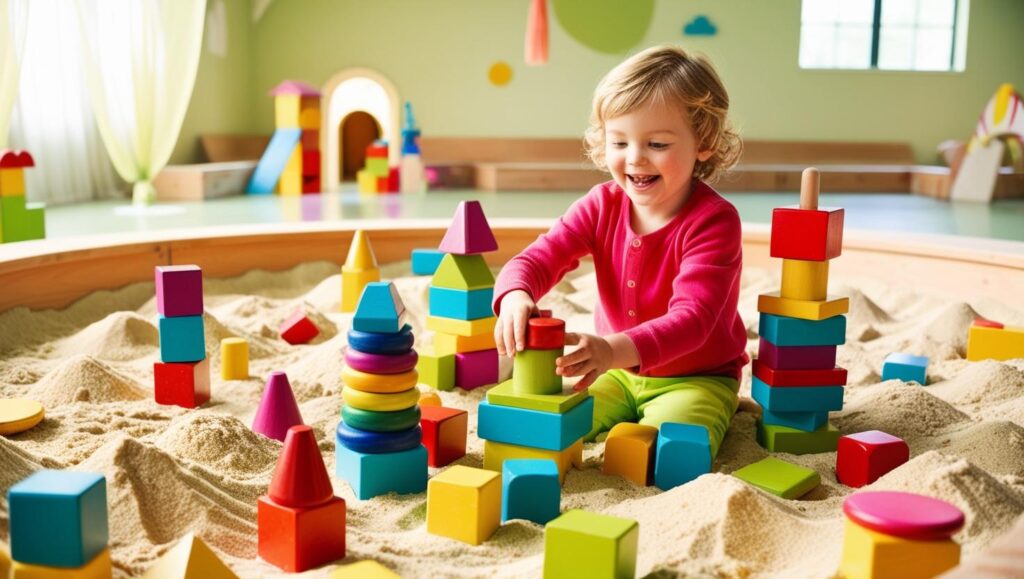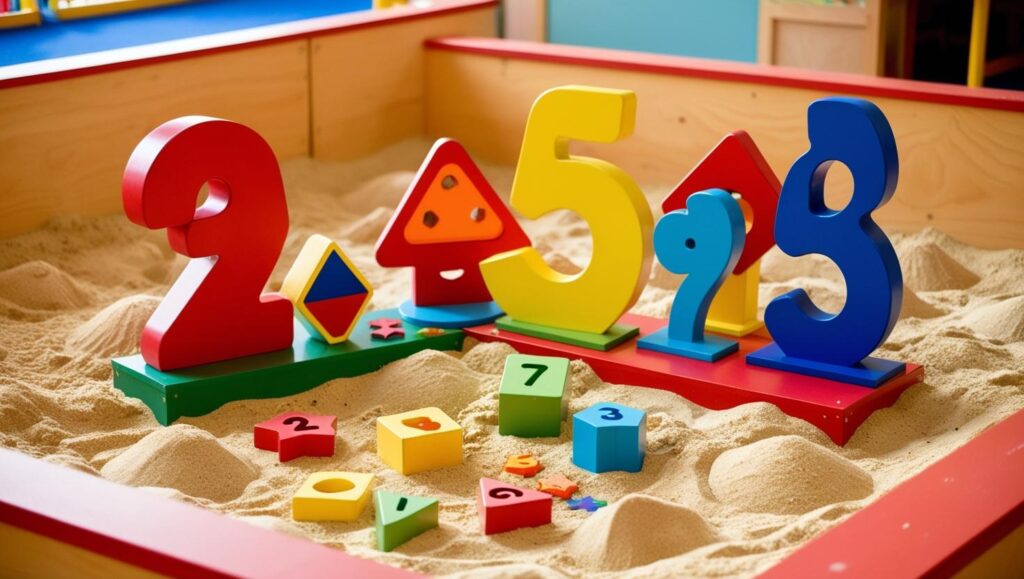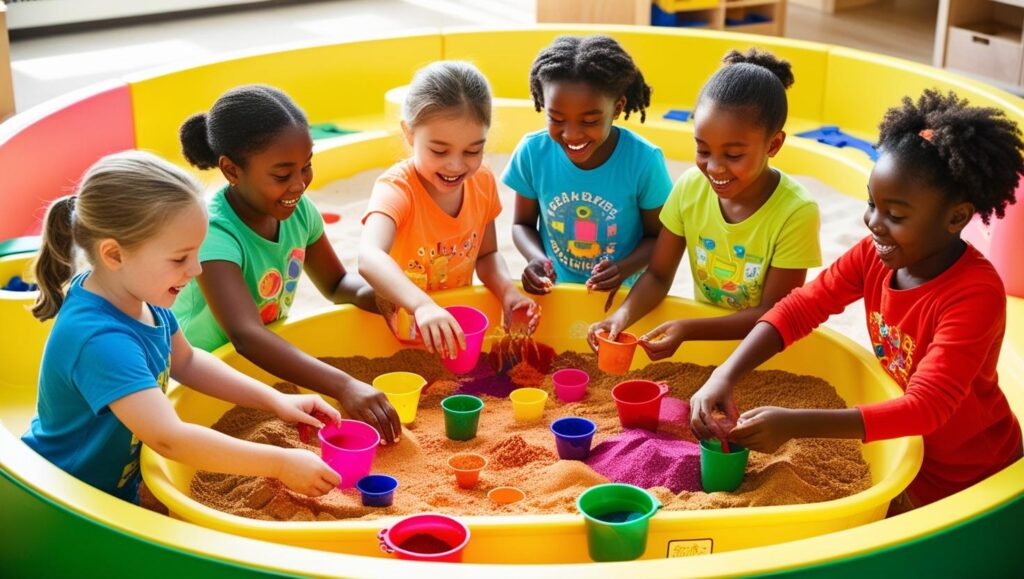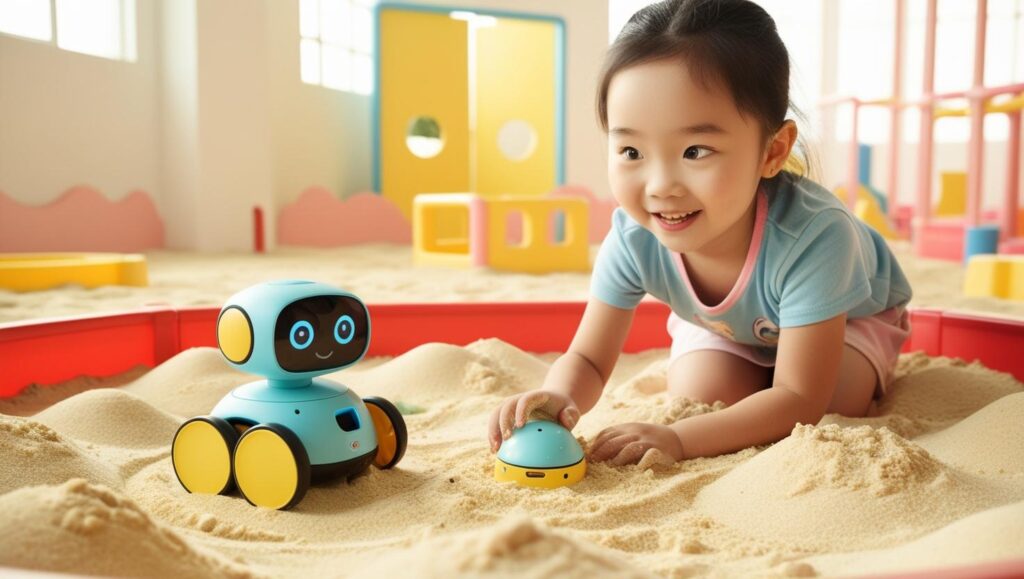The Future of Play: Why STEM Activities Are Key in Indoor Playgrounds
Play is more than just fun—it’s a powerful way for children to learn, explore, and develop essential skills. As technology advances, integrating STEM (Science, Technology, Engineering, and Math) activities into indoor playgrounds is becoming more important than ever. By combining play with hands-on learning, these spaces foster curiosity, creativity, and critical thinking. Let’s explore why STEM activities are shaping the future of indoor play!
1. Encourages Problem-Solving and Critical Thinking
STEM activities challenge kids to think critically and solve problems in real-time. Whether constructing a bridge in a play area or figuring out how gears work, children learn to analyze situations, test ideas, and make decisions—essential skills for future success. These activities enhance cognitive development by requiring children to approach challenges from multiple angles, try different solutions, and refine their approach based on the outcomes. The trial-and-error process in STEM play fosters adaptability, resilience, and the ability to think logically when faced with obstacles.

2. Sparks Creativity and Innovation
STEM-based play encourages kids to explore their creativity by thinking outside the box. Activities like building structures with different materials, coding simple robotics, or experimenting with physics-based play elements allow children to use their imagination while problem-solving. This kind of open-ended play supports the development of innovative thinking, helping kids understand that there are often multiple ways to approach a challenge. By encouraging curiosity and exploration, STEM activities lay the groundwork for the next generation of inventors, engineers, and creative thinkers.

3. Builds Early Engineering and Math Skills
Interactive playground features like building blocks, ramps, pulleys, and mazes introduce children to engineering and math concepts in an engaging way. Kids can explore basic physics principles like gravity and force while constructing simple machines or measuring angles. Early exposure to these concepts helps children develop a natural interest in STEM subjects, making them more likely to pursue STEM-related studies in school. Through hands-on play, kids learn spatial awareness, pattern recognition, and logical reasoning—all essential skills for understanding math and engineering in the future.

4. Enhances Collaboration and Teamwork
STEM challenges often involve working together to solve a problem or complete a task, helping children build essential social and communication skills. Whether designing a marble run, constructing a tall tower, or troubleshooting a failed design, kids learn to listen to others, share ideas, and collaborate toward a common goal. These experiences teach patience, leadership, and compromise—qualities that will help them succeed not only in academic settings but also in future careers where teamwork is essential. Learning how to work effectively in a group setting builds confidence and enhances interpersonal skills from an early age.

5. Promotes Hands-On Learning
Indoor playgrounds that integrate STEM activities provide hands-on experiences that go beyond textbooks and digital screens. Instead of passively absorbing information, kids engage in trial and error, experiment with different materials, and learn through doing—one of the most effective ways to absorb and retain knowledge. Hands-on learning also strengthens fine motor skills, hand-eye coordination, and spatial reasoning. By engaging multiple senses, STEM play creates a deeper understanding of scientific and mathematical concepts, making learning more meaningful and memorable.

6. Prepares Kids for a Tech-Driven Future
As technology becomes increasingly integrated into daily life, early exposure to STEM activities helps children develop skills that will be valuable in future careers. Indoor play spaces that incorporate coding games, robotics challenges, and engineering stations introduce young learners to programming, automation, and problem-solving in a fun and accessible way. These foundational skills are critical for preparing kids for careers in science, technology, engineering, and math, where adaptability and digital literacy will be essential. By making tech-related concepts approachable through play, children gain confidence and familiarity with the tools of the future.

7. Makes Learning Fun and Engaging
Traditional learning methods can sometimes feel rigid or overwhelming, but STEM-based play transforms education into an exciting adventure. By incorporating elements like sensory play, problem-solving puzzles, interactive exhibits, and role-playing scenarios, kids remain engaged while acquiring valuable skills. STEM play is particularly beneficial for children who may struggle with traditional classroom learning, as it provides a dynamic, hands-on alternative that makes complex concepts easier to understand. When learning feels like play, children develop a natural love for discovery and exploration.

8. Fosters Resilience and Perseverance
STEM activities teach children that failure is a stepping stone to success rather than a reason to give up. When kids attempt to build a structure that collapses, program a robot that doesn’t function as expected, or experiment with different materials to achieve a goal, they develop resilience. Learning to try again, adjust their approach, and refine their designs helps children build confidence in their problem-solving abilities. This mindset not only benefits them in STEM fields but also in everyday life, as they learn to approach challenges with determination and persistence.

The Future of Indoor Playgrounds is STEM-Powered
As indoor playgrounds continue to evolve, incorporating STEM activities ensures that children not only have fun but also gain valuable skills that will benefit them throughout their lives. By blending play with education, these innovative spaces create an environment where curiosity thrives, setting kids up for lifelong learning and success. Whether it’s through engineering challenges, interactive coding games, or sensory-based science activities, STEM-powered play spaces offer children the opportunity to explore, experiment, and innovate in a fun and engaging way.
Looking for a play space that blends fun and STEM learning? Visit Sandmagination to explore exciting, hands-on activities designed to spark creativity and discovery!





